Home>Gardening & Outdoor>Landscaping Ideas>When To Water Centipede Grass
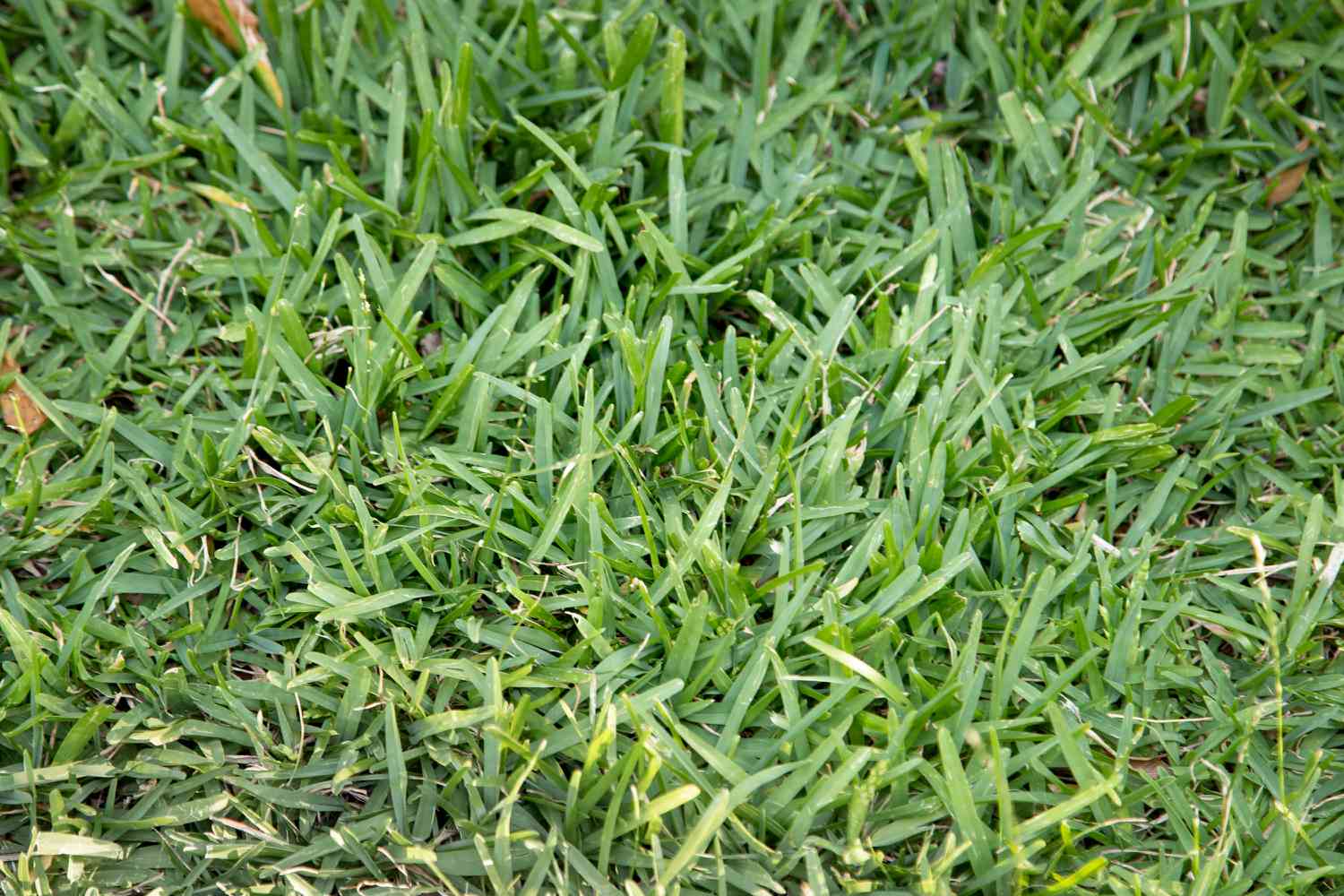

Landscaping Ideas
When To Water Centipede Grass
Modified: February 18, 2024
Learn the best watering schedule for centipede grass and keep your landscaping looking lush and healthy. Get expert tips and ideas for maintaining your lawn. Discover the right time to water!
(Many of the links in this article redirect to a specific reviewed product. Your purchase of these products through affiliate links helps to generate commission for Storables.com, at no extra cost. Learn more)
**
Introduction
**
Centipede grass, known for its low maintenance requirements and vibrant green hue, is a popular choice for lawns in warm climate regions. Proper watering is essential to maintain the health and beauty of centipede grass. In this article, we will explore the best practices for watering centipede grass, including the signs of water stress, the optimal watering schedule, and valuable tips for maintaining a lush, thriving lawn. Understanding the specific watering needs of centipede grass is crucial for homeowners and gardeners seeking to cultivate a verdant and resilient outdoor space. Let's delve into the nuances of watering centipede grass to ensure your lawn remains a source of pride and natural splendor.
Key Takeaways:
- Water centipede grass in the early morning or late evening to maximize absorption and minimize evaporation, keeping the lawn vibrant and healthy.
- Look for signs of water stress in centipede grass, like discoloration and wilting, and adjust watering to maintain a lush, resilient lawn.
Read more: How Often To Water Centipede Grass
Understanding Centipede Grass
Centipede grass (Eremochloa ophiuroides) is a warm-season turfgrass celebrated for its exceptional heat tolerance and minimal maintenance requirements. This grass variety thrives in acidic soils with a pH range of 5.0 to 6.0, making it well-suited for the sandy, acidic soils prevalent in the Southeastern United States. Centipede grass is characterized by its coarse texture, light green color, and low growth habit, typically reaching a height of around 3 to 4 inches when unmown.
One of the key attributes of centipede grass is its relatively low water needs compared to other turfgrasses. While it displays good drought tolerance once established, providing the appropriate amount of water at the right times is crucial for sustaining its vitality and visual appeal. Understanding the unique traits and preferences of centipede grass is fundamental to implementing an effective watering regimen that promotes optimal growth and resilience.
Centipede grass has a shallow root system, which influences its water requirements. The roots extend horizontally rather than deeply into the soil, making the grass sensitive to moisture fluctuations. This shallow root structure underscores the importance of consistent and appropriate watering practices to support the health and vigor of centipede grass lawns.
By familiarizing yourself with the distinctive characteristics of centipede grass and its specific water needs, you can proactively nurture a thriving lawn that serves as a welcoming and visually appealing outdoor space.
Signs of Water Stress
Recognizing the signs of water stress in centipede grass is essential for maintaining its lush appearance and overall well-being. When this grass variety experiences inadequate moisture, it exhibits distinct indicators of water stress that warrant prompt attention. By being attuned to these signs, you can intervene with targeted watering practices to mitigate stress and preserve the health of your centipede grass lawn.
One prominent manifestation of water stress in centipede grass is the development of a dull, bluish-gray hue across the lawn. This discoloration is a clear indication that the grass is not receiving adequate moisture, prompting a response from the plant that compromises its vibrant green pigment. Additionally, the grass blades may begin to curl or wilt, signaling their distress and the urgent need for hydration.
Another observable sign of water stress is the formation of footprints or imprints that linger on the grass long after being made. When properly hydrated, centipede grass has the resilience to recover from minor disturbances, such as foot traffic, relatively quickly. However, under conditions of water stress, the grass loses this restorative capacity, resulting in persistent imprints that indicate its weakened state.
Furthermore, as water stress intensifies, centipede grass may exhibit a tendency to conserve moisture by reducing its growth rate. This can lead to a noticeable slowdown in the grass’s expansion and density, detracting from its visual appeal and overall vigor. Additionally, areas of the lawn may become increasingly susceptible to developing dry, straw-colored patches, further underscoring the impact of inadequate watering on the grass’s health.
By remaining vigilant for these signs of water stress, you can proactively address the moisture needs of your centipede grass lawn, ensuring that it remains resilient, vibrant, and visually captivating throughout the growing season.
Best Time to Water Centipede Grass
Identifying the optimal time to water centipede grass is pivotal for maximizing the effectiveness of irrigation and promoting the health of your lawn. By aligning your watering schedule with the most advantageous time periods, you can minimize water loss due to evaporation and ensure that the grass receives the moisture it requires to thrive. Understanding the best times to water centipede grass is instrumental in fostering a resilient and visually appealing lawn that enhances your outdoor environment.
Early Morning: The early morning, particularly around dawn, is widely regarded as the best time to water centipede grass. During this period, the temperatures are cooler, and the sun’s intensity is subdued, facilitating efficient absorption of moisture by the grass. Watering in the early morning allows the grass blades to dry gradually as the day progresses, reducing the risk of prolonged moisture on the foliage, which can make the lawn susceptible to fungal diseases.
Late Evening: While not as ideal as the early morning, late evening, such as an hour or two before sunset, can also be a suitable time for watering centipede grass. During this time, the ambient temperatures are decreasing, enabling the grass to absorb moisture without the immediate threat of intense sunlight. However, it is essential to ensure that the grass has ample time to dry before nightfall to prevent prolonged dampness, which can create a conducive environment for fungal issues.
Midday Watering Caution: Watering centipede grass during the midday hours, when the sun is at its zenith, should be avoided whenever possible. The intense heat and sunlight can lead to rapid evaporation, diminishing the efficacy of irrigation and resulting in wastage of water. Additionally, watering during this time can cause the moisture to evaporate before the grass can fully utilize it, undermining the watering efforts and necessitating more frequent irrigation.
By adhering to a watering schedule that prioritizes the early morning and late evening hours, you can optimize the effectiveness of watering sessions and contribute to the sustained health and vibrancy of your centipede grass lawn.
Water centipede grass in the morning to allow the grass to dry before evening, which helps prevent disease. Water deeply but infrequently, about 1 inch per week, to encourage deep root growth.
Watering Frequency
Determining the appropriate watering frequency for centipede grass is crucial for sustaining its lush appearance and vitality. While centipede grass exhibits good drought tolerance once established, providing consistent and adequate moisture is essential for ensuring its long-term health and resilience. By understanding the factors that influence watering frequency, you can establish a well-informed irrigation regimen that supports the optimal growth and visual appeal of your centipede grass lawn.
Soil Moisture Assessment: Assessing the moisture levels in the soil is a fundamental step in gauging the watering needs of centipede grass. As a general guideline, the soil should be moist to a depth of around 4 to 6 inches, which corresponds to the typical root zone of centipede grass. Using a soil probe or trowel, periodically check the soil moisture to determine if watering is necessary, especially during periods of limited rainfall or high temperatures.
Weather Conditions: Weather patterns, including temperature, humidity, and precipitation, significantly influence the watering frequency for centipede grass. During hot and dry spells, more frequent watering may be warranted to compensate for the increased moisture loss from the soil and grass. Conversely, cooler and overcast conditions may necessitate reduced watering frequency to prevent over-saturation of the soil and potential issues related to excessive moisture.
Established Grass vs. New Plantings: The watering needs of established centipede grass differ from those of newly planted or sodded areas. Newly established grass requires more frequent watering to support root development and ensure successful establishment. As the grass matures, the watering frequency can be gradually adjusted to align with the requirements of established centipede grass, typically resulting in a more moderate watering schedule.
Seasonal Adjustments: Adapting the watering frequency based on the seasonal variations is essential for accommodating the evolving needs of centipede grass. During the active growing season, typically spring through early fall, the grass may necessitate more frequent watering to sustain its vigor and vibrant color. In contrast, the dormant season, usually late fall and winter, warrants reduced watering to align with the grass’s diminished growth and metabolic activity.
By integrating these considerations into your approach to watering centipede grass, you can establish a well-calibrated watering frequency that fosters the enduring health and beauty of your lawn, ensuring that it remains a captivating and inviting outdoor space.
Read more: What Is Centipede Grass
Tips for Watering Centipede Grass
Implementing effective watering practices is essential for nurturing healthy and resilient centipede grass. By incorporating the following tips into your lawn care routine, you can optimize the watering process to promote vigorous growth, vibrant color, and overall vitality in your centipede grass lawn.
Deep, Infrequent Watering: Rather than frequent shallow watering, aim to provide deep and infrequent irrigation sessions for centipede grass. This encourages the development of a robust root system as the grass seeks moisture deeper in the soil, enhancing its resilience to drought conditions and promoting overall stability and vigor.
Watering Uniformity: Strive for uniform coverage when watering centipede grass to ensure that all areas of the lawn receive adequate moisture. Uneven watering can lead to disparities in grass health and appearance, potentially resulting in patchy or discolored areas. Pay attention to overlapping patterns and ensure that the entire lawn receives consistent hydration.
Avoid Overwatering: While sufficient moisture is essential, overwatering can detrimentally impact centipede grass, leading to issues such as root suffocation, fungal diseases, and diminished resilience. Monitor the soil moisture levels and adjust the watering frequency to prevent excessive saturation, especially during periods of reduced evapotranspiration.
Morning Watering Preference: Whenever possible, prioritize watering centipede grass in the early morning hours to capitalize on the cooler temperatures and lower wind speeds. This facilitates efficient water absorption by the grass while minimizing the risk of prolonged moisture on the foliage, which can contribute to fungal problems.
Mulch Application: Applying a layer of organic mulch around the base of centipede grass can help conserve soil moisture, reduce water evaporation, and inhibit weed growth. Mulching also contributes to soil insulation, promoting a more stable and favorable environment for the grass’s root system.
Adjust Irrigation Based on Rainfall: Periods of significant rainfall can influence the watering needs of centipede grass. Monitor the weather forecast and adjust your irrigation schedule accordingly, reducing or skipping watering sessions when ample natural precipitation occurs to prevent overwatering.
Regular Maintenance Checks: Conduct routine inspections of your irrigation system to ensure that it is functioning optimally and delivering water evenly across the lawn. Address any issues such as leaks, clogs, or misaligned sprinkler heads promptly to maintain efficient and effective watering practices.
By integrating these tips into your approach to watering centipede grass, you can cultivate a robust and visually captivating lawn that serves as a source of natural beauty and enjoyment, enriching your outdoor living space.
Conclusion
Watering centipede grass is a fundamental aspect of lawn care that directly impacts the health, appearance, and resilience of this warm-season turfgrass. By understanding the specific watering needs of centipede grass and implementing targeted watering practices, homeowners and gardeners can cultivate a lush, vibrant lawn that enhances their outdoor environment.
Recognizing the signs of water stress in centipede grass, such as discoloration, wilting, and reduced growth, empowers individuals to respond promptly with appropriate watering interventions, mitigating stress and preserving the health of the grass. Additionally, identifying the best times to water centipede grass, such as the early morning and late evening, optimizes the effectiveness of irrigation while minimizing water loss due to evaporation.
Establishing the proper watering frequency for centipede grass involves considering factors such as soil moisture, weather conditions, the grass’s maturity, and seasonal variations. By tailoring the watering schedule to accommodate these variables, individuals can sustain the vigor and visual allure of their centipede grass lawn throughout the year.
Furthermore, adhering to valuable tips for watering centipede grass, including deep, infrequent watering, prioritizing morning irrigation, and maintaining uniform watering patterns, contributes to the overall success of lawn irrigation efforts. By integrating these tips into their routine, individuals can optimize the watering process and foster robust growth and resilience in their centipede grass lawn.
In conclusion, by embracing a comprehensive understanding of centipede grass’s watering requirements and implementing informed and attentive watering practices, individuals can cultivate a thriving and visually captivating lawn that enriches their outdoor space. With a commitment to targeted watering, centipede grass can flourish, showcasing its vibrant green hue and contributing to the natural beauty of the landscape.
Frequently Asked Questions about When To Water Centipede Grass
Was this page helpful?
At Storables.com, we guarantee accurate and reliable information. Our content, validated by Expert Board Contributors, is crafted following stringent Editorial Policies. We're committed to providing you with well-researched, expert-backed insights for all your informational needs.
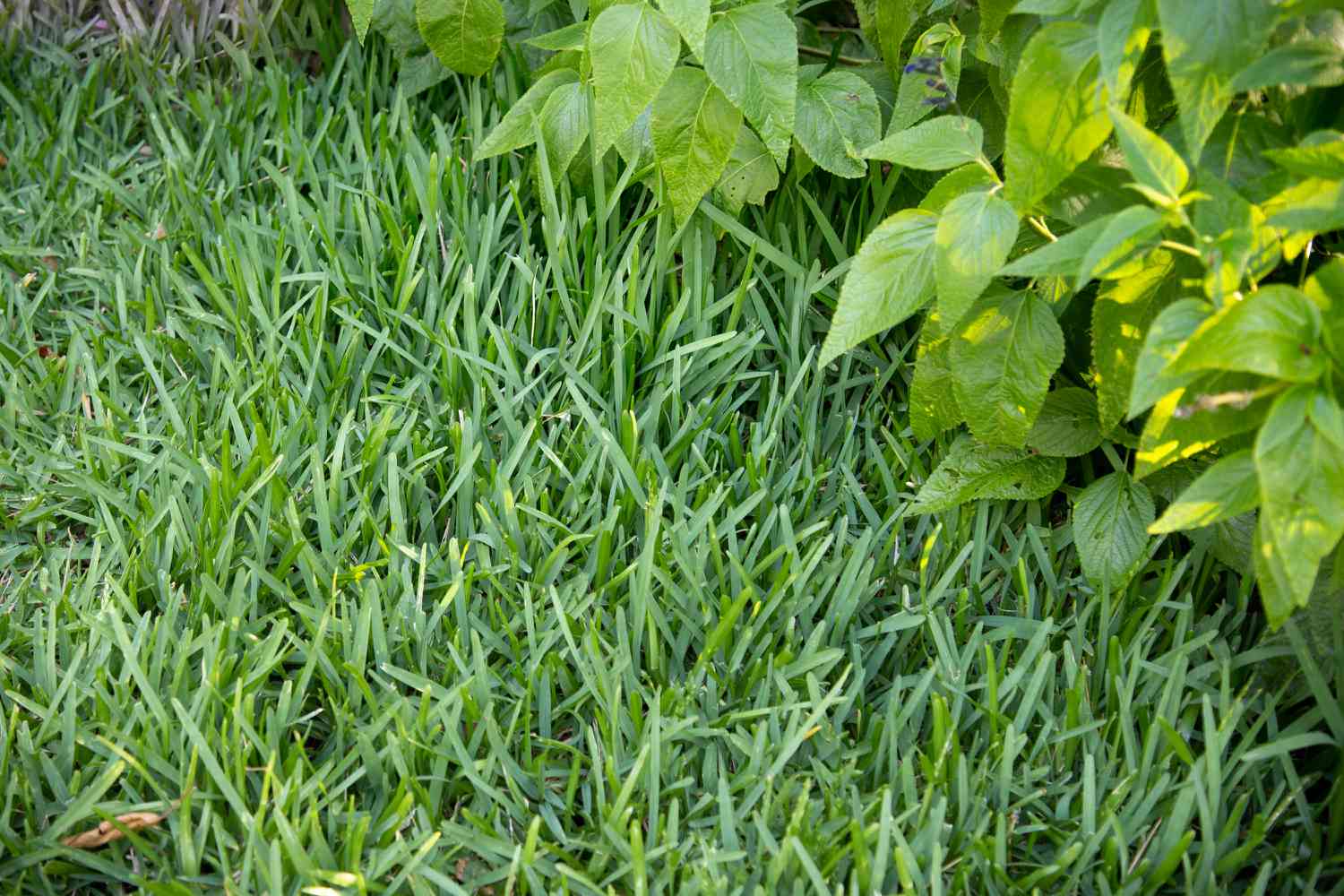
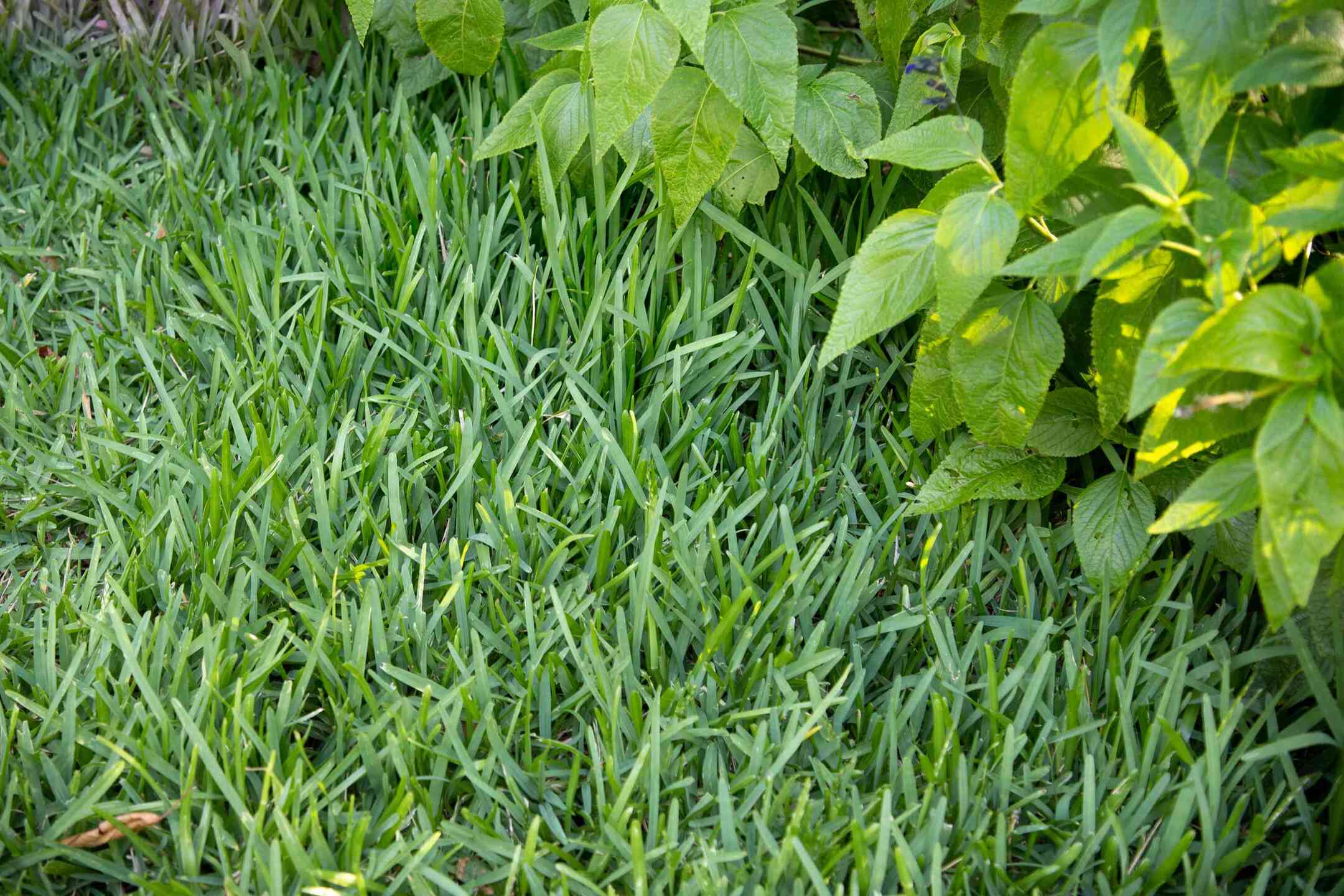
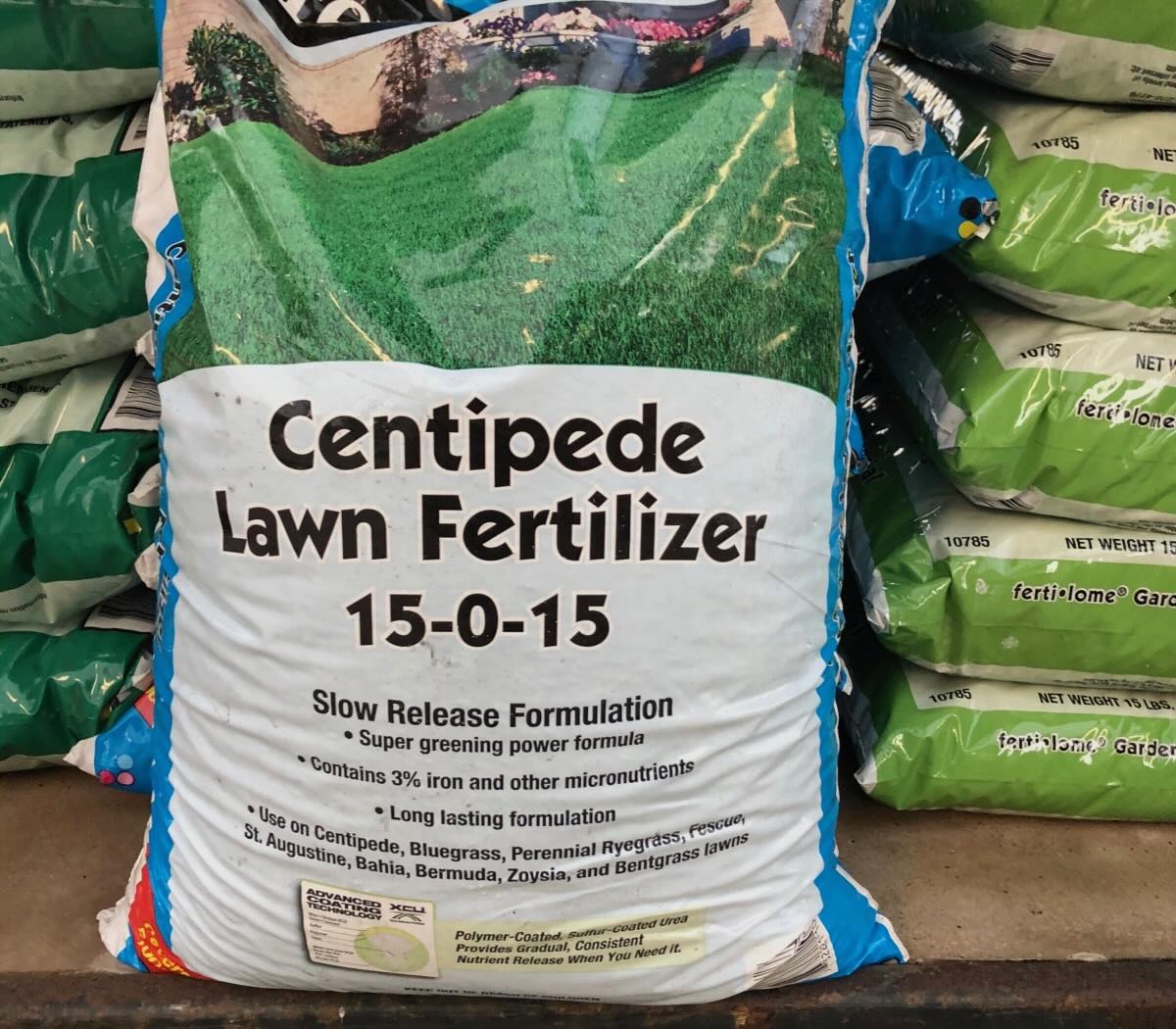
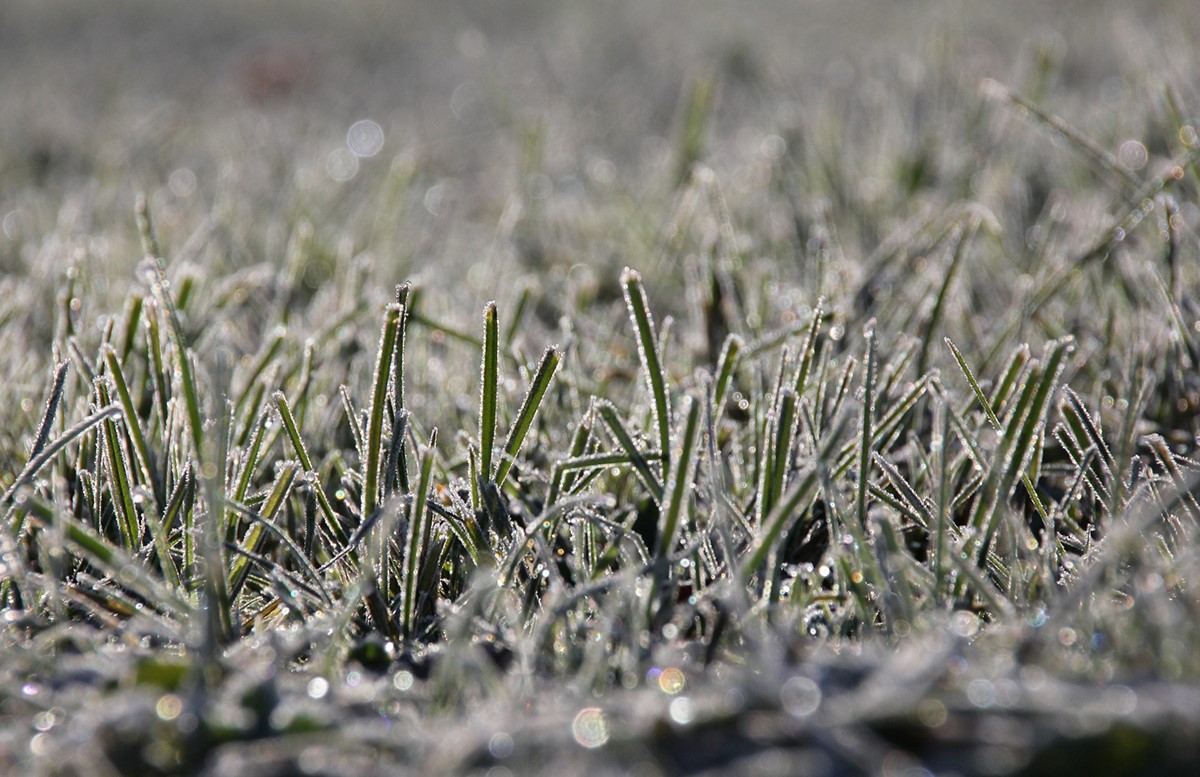
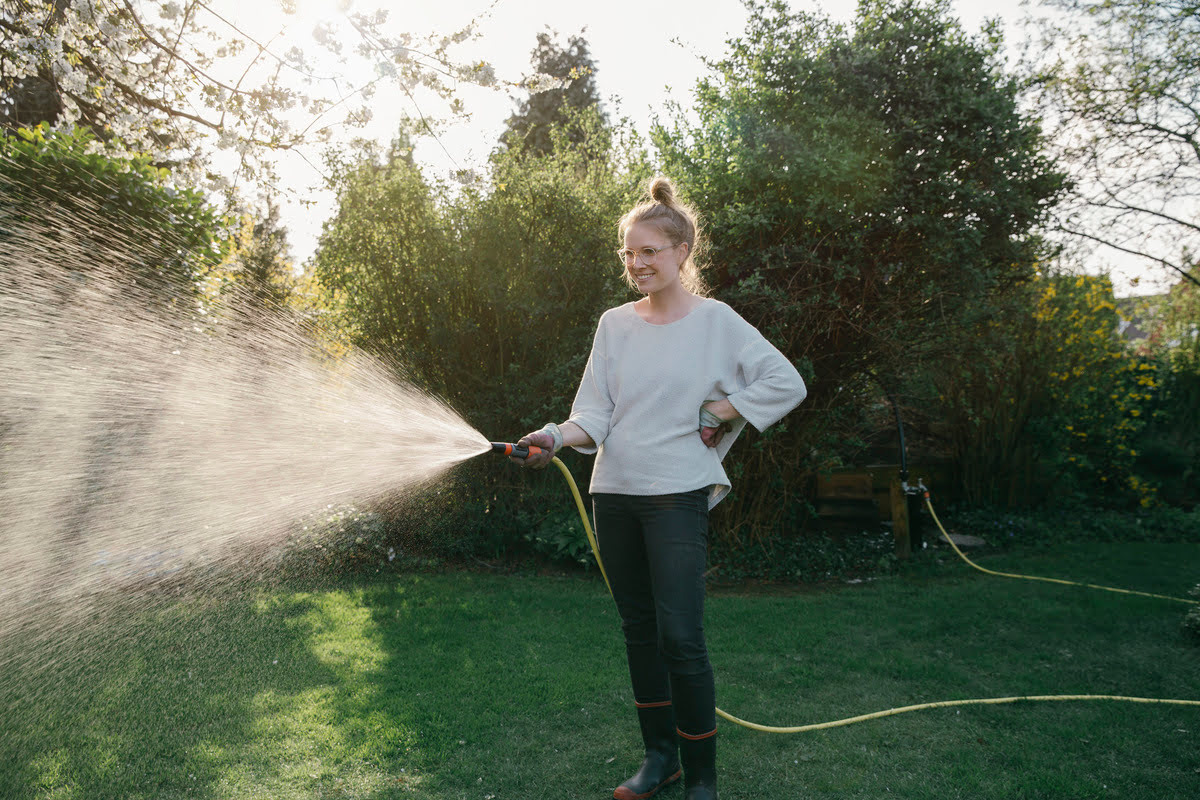
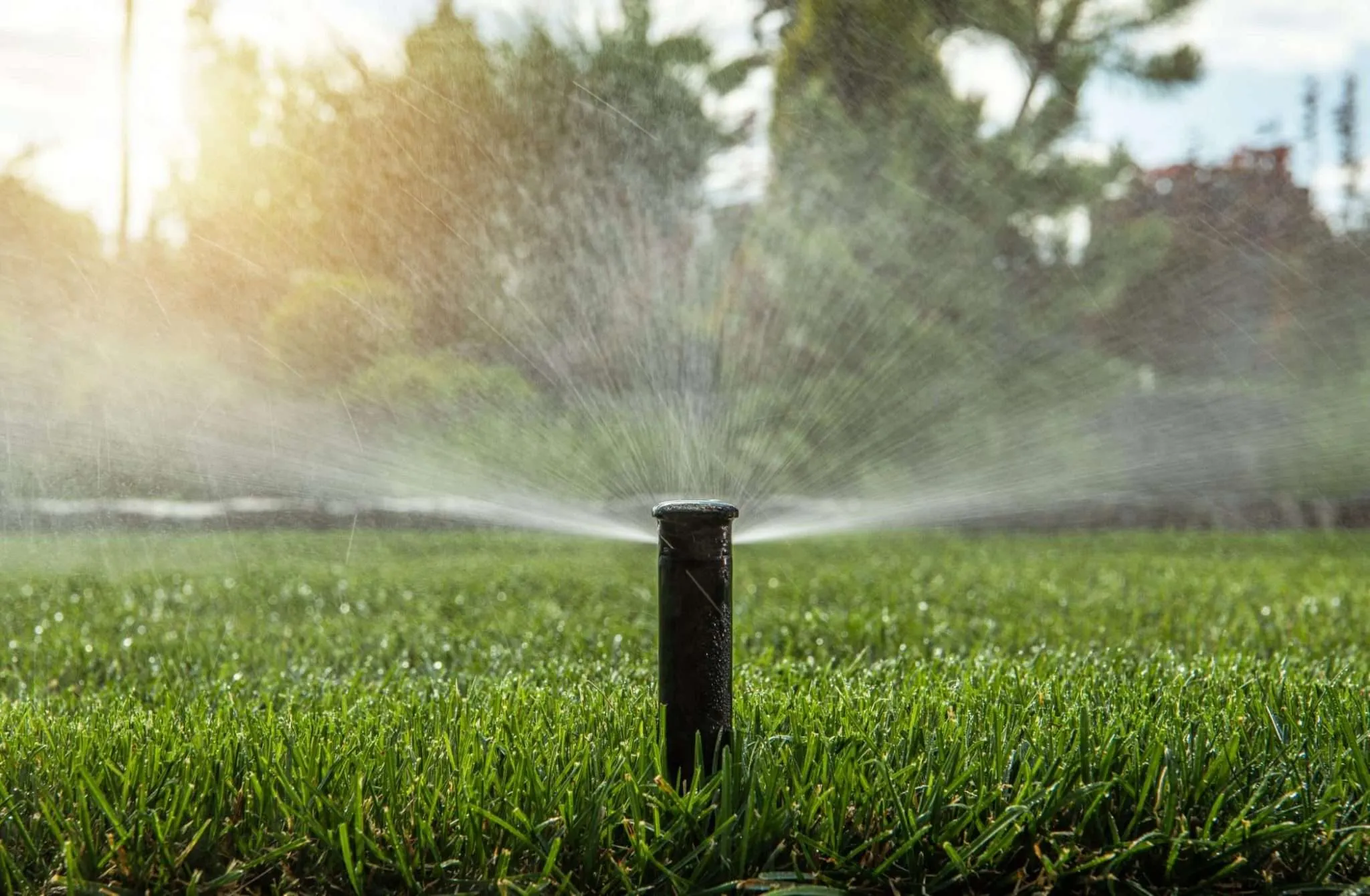
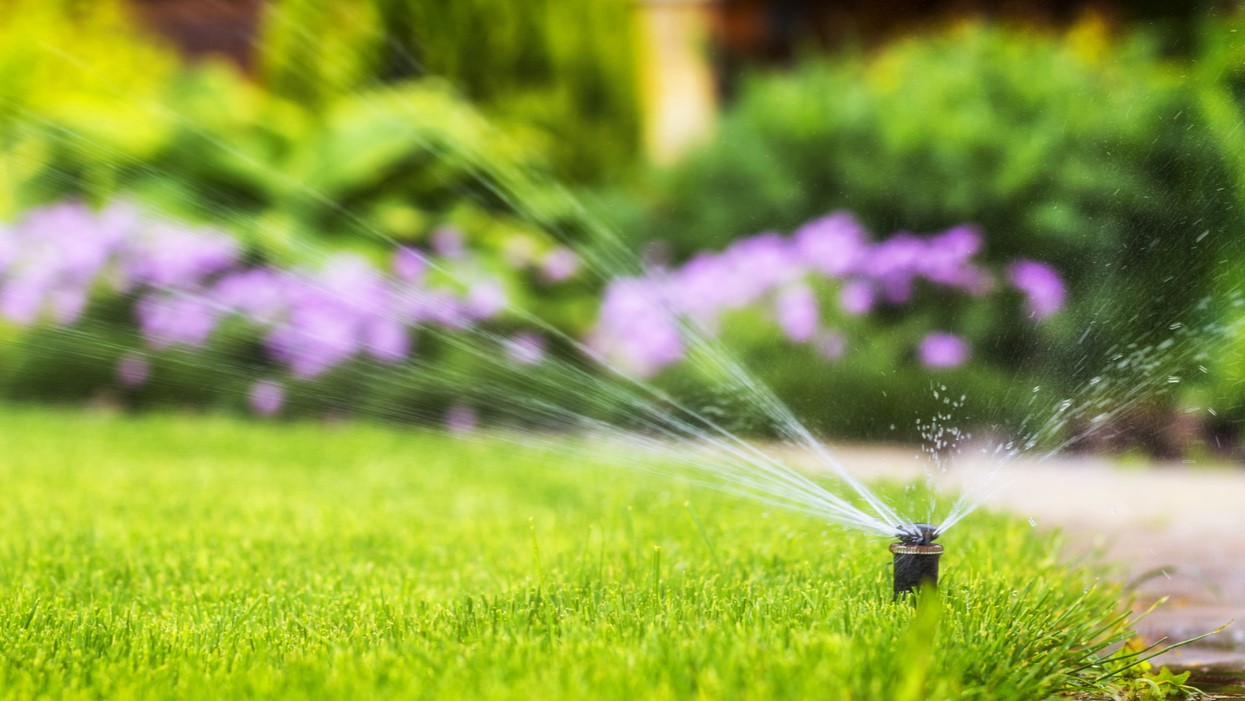
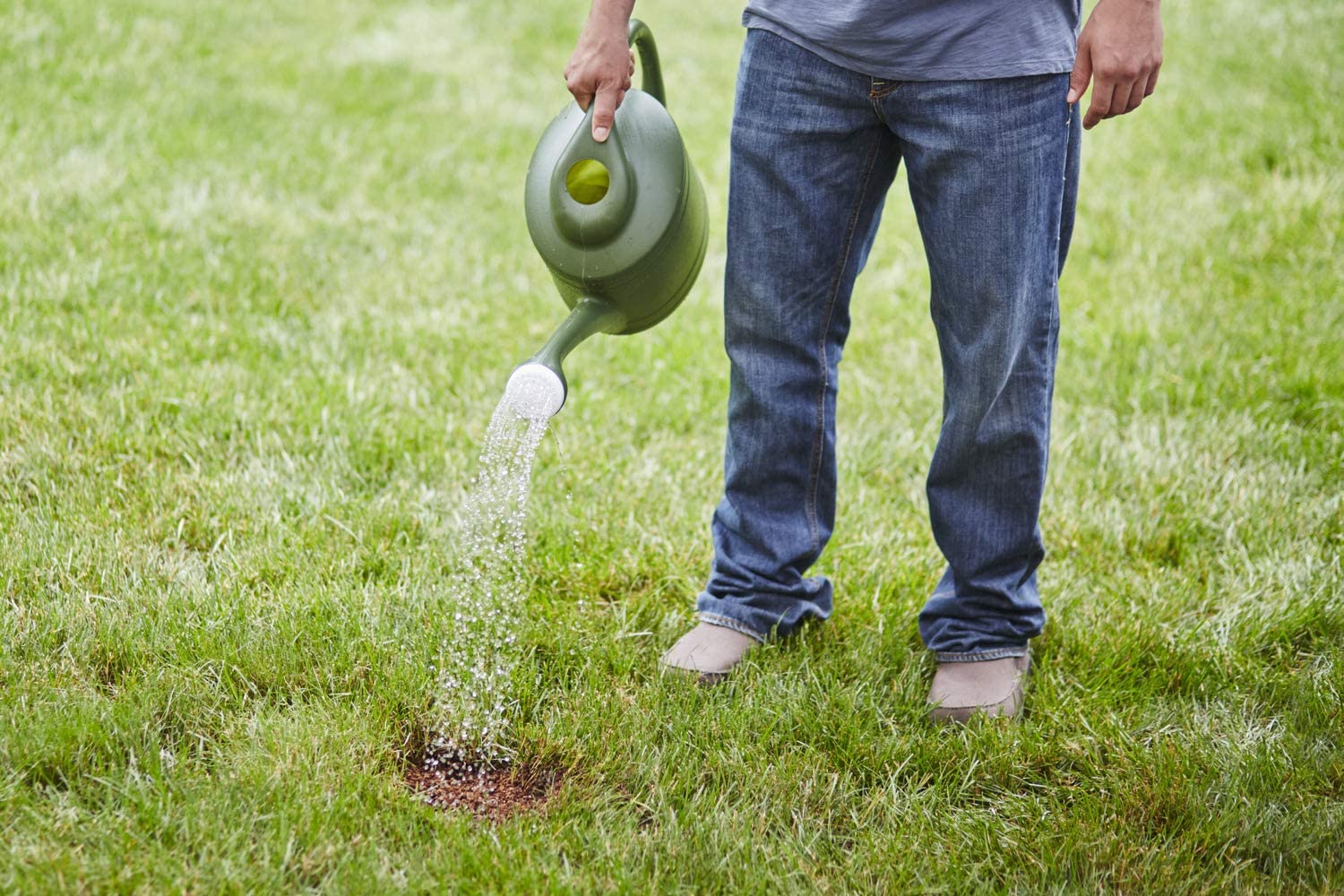
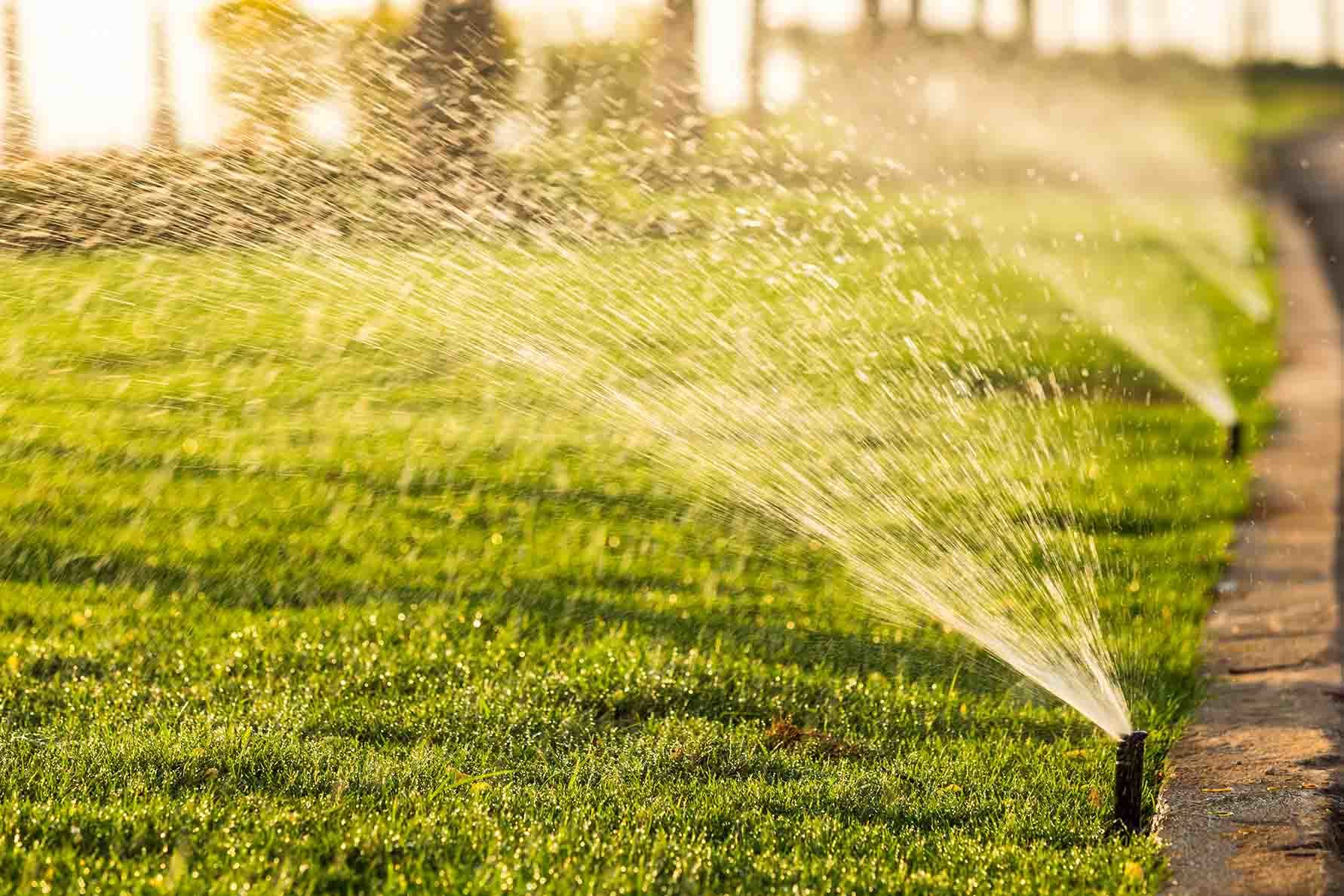
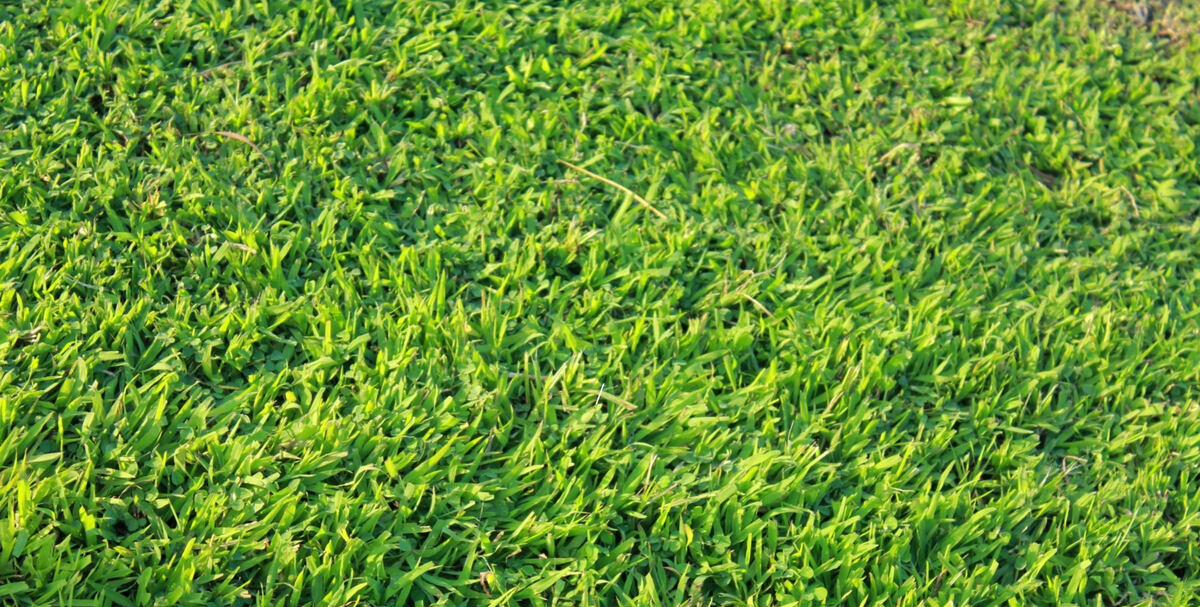
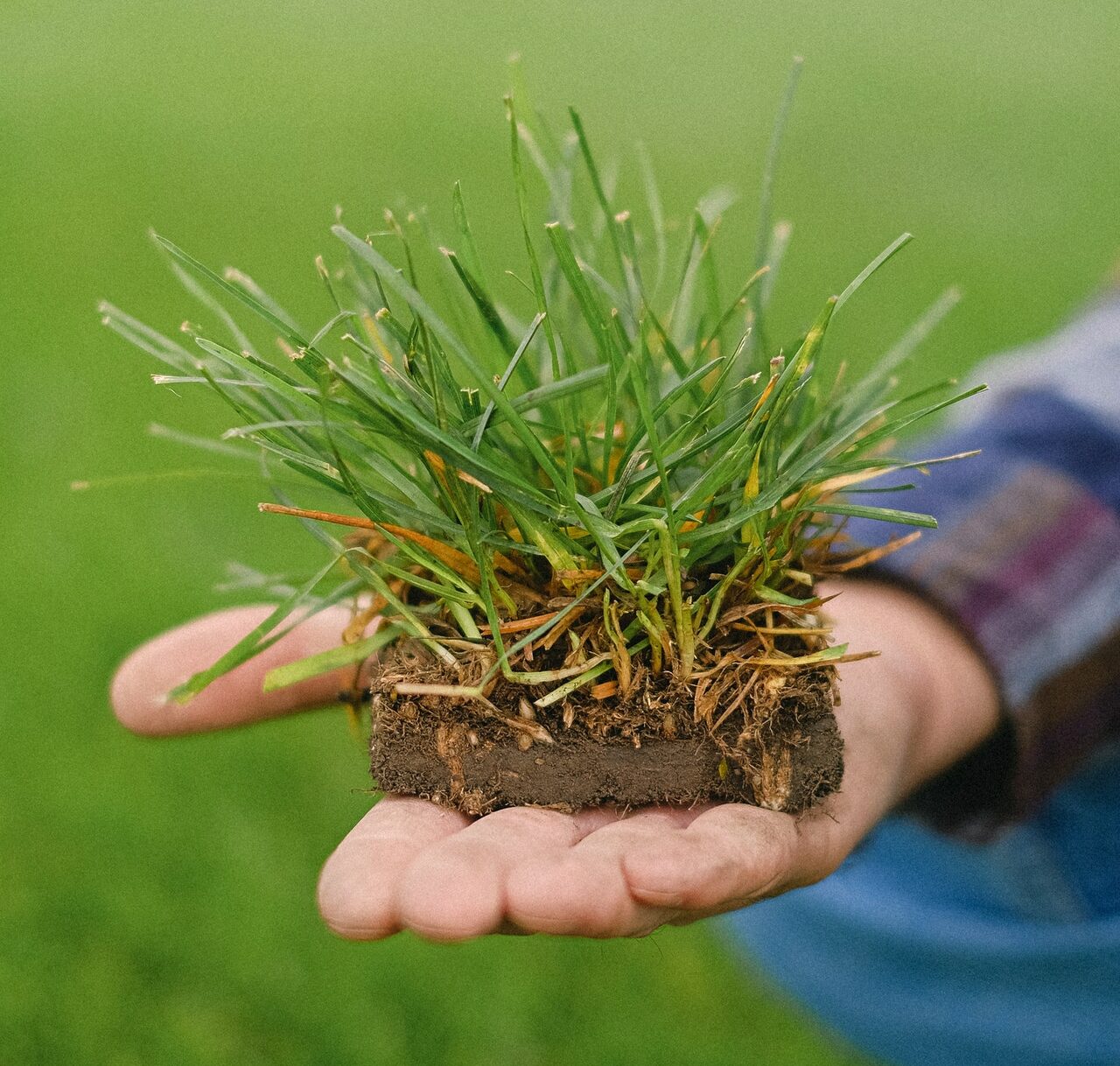
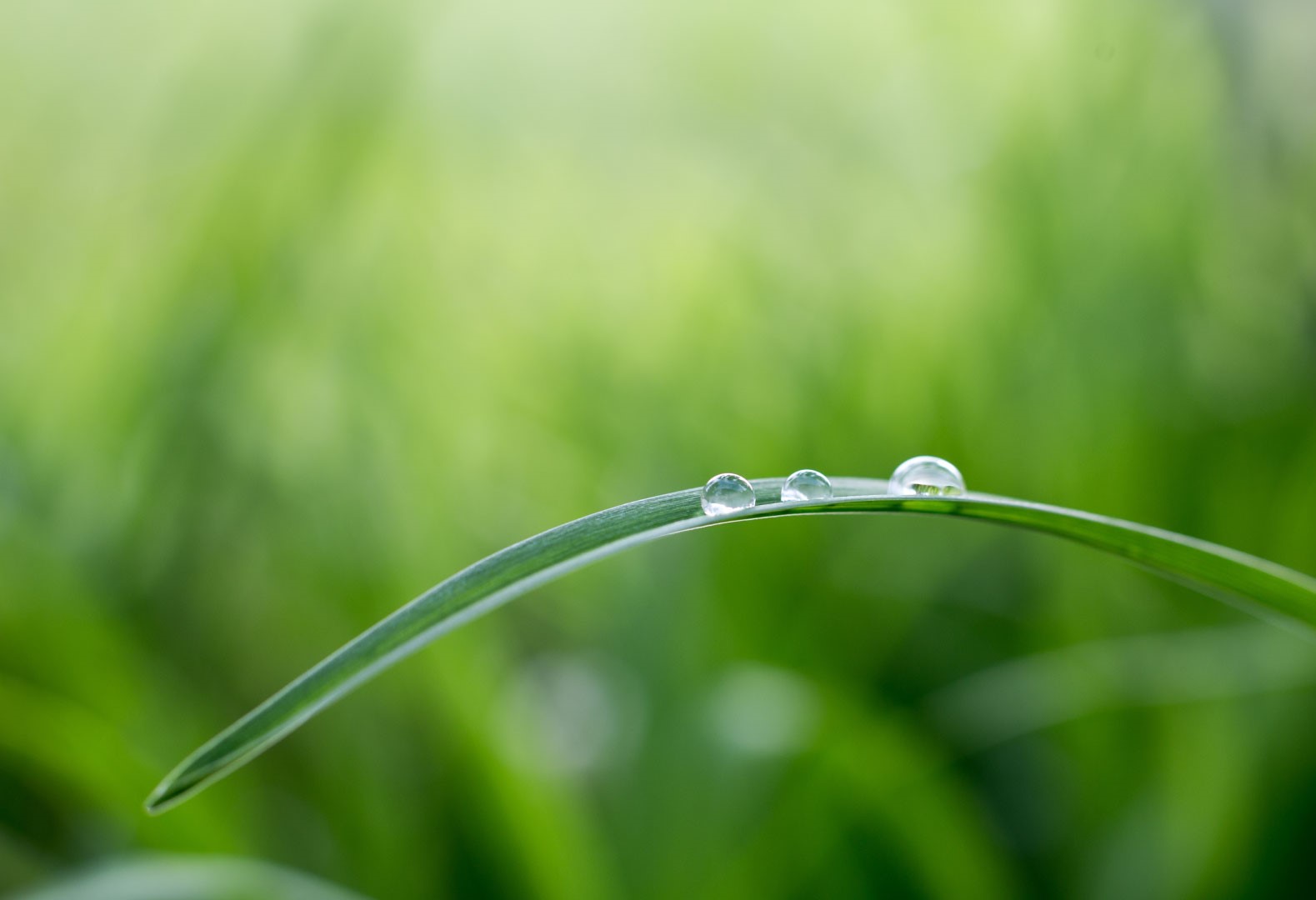
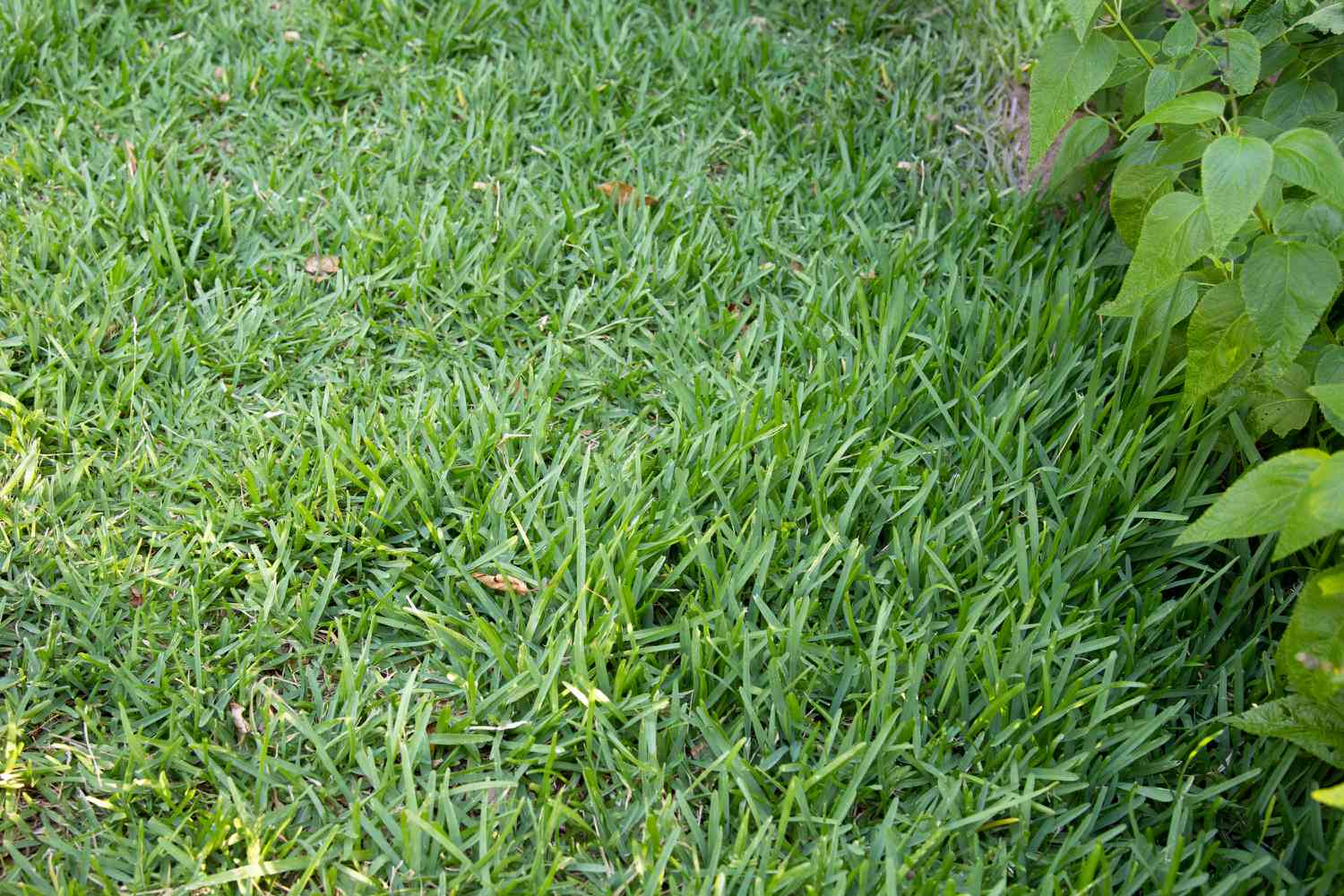


0 thoughts on “When To Water Centipede Grass”